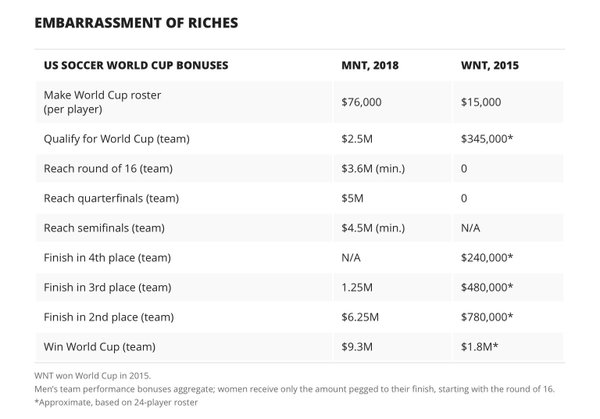This was a headline the other day in an article over at Qz.com by Sarah Cooper. Now, Quartz does legitimate articles so it might have been hard for some to figure out if this was actually supposed to satire or if Sarah was actually trying to help you out. I have a feeling it was a little of both! I know it was getting shared a ton, and not for its humorous qualities!
Here is what Sarah said were the big secrets of Google, Amazon, and Facebook in hiring the best people:
-
Begin phone screens 15 minutes early, 15 minutes late, or not at all
-
Make the interview schedule as confusing and unpredictable as possible
-
Make sure something goes wrong during the presentation
-
During the interview, make a ton of incorrect assumptions
-
Ask the candidate to solve your own, specific problems
-
Have the interview frequently move between different rooms
-
Ask the same questions over and over and over again
-
Conduct dual interviews with a good cop / bad cop vibe
-
Ask a question, then start typing very loudly
-
Three months later, call and offer the candidate a job she didn’t apply for
After each point she gave an explanation on ‘why’ should do this and what it helps point out to you about a candidate. This is why so many folks read this as a real article, and since so many Talent Pros and Leaders are starving to find out what Google, Amazon, and Facebook does, they want to believe this is true! It’s not.
What is the ‘Real’ secret to how Google, Amazon, and Facebook hire the best people?
Because They’re Freaking Google, Amazon, and Facebook!
They don’t do anything special. They post a job. A million people apply and they wade through the masses to find great talent. Sounds tough, huh?
Apple announced the other day they’re going to be hiring some new developers in Florida. It hit the national news. Every local paper picked it up. It was on every local news and radio station. It was the talk of the town!
A local software company, who was headquartered in Florida for the last twenty years, had all of its employees in Florida, is looking for the exact same developers. They’ve been struggling to find them, and no news agency or radio show could care! They’re not Apple! Who cares.
It’s probably just because Apple has such a great ’employment’ brand….Yeah, I’m sure that’s it.
Do you want to know a real secret?
Don’t try to be Google, Amazon, or Facebook when it comes to hiring. You’ll just look silly. You’re not them. They have brand recognition you can’t even fathom. What they do in hiring has absolutely no correlation to 99% of the companies in the world. Be you. Find a path that works for you. Strive to get others in your market, your industry to want to follow you. That’s doable.

